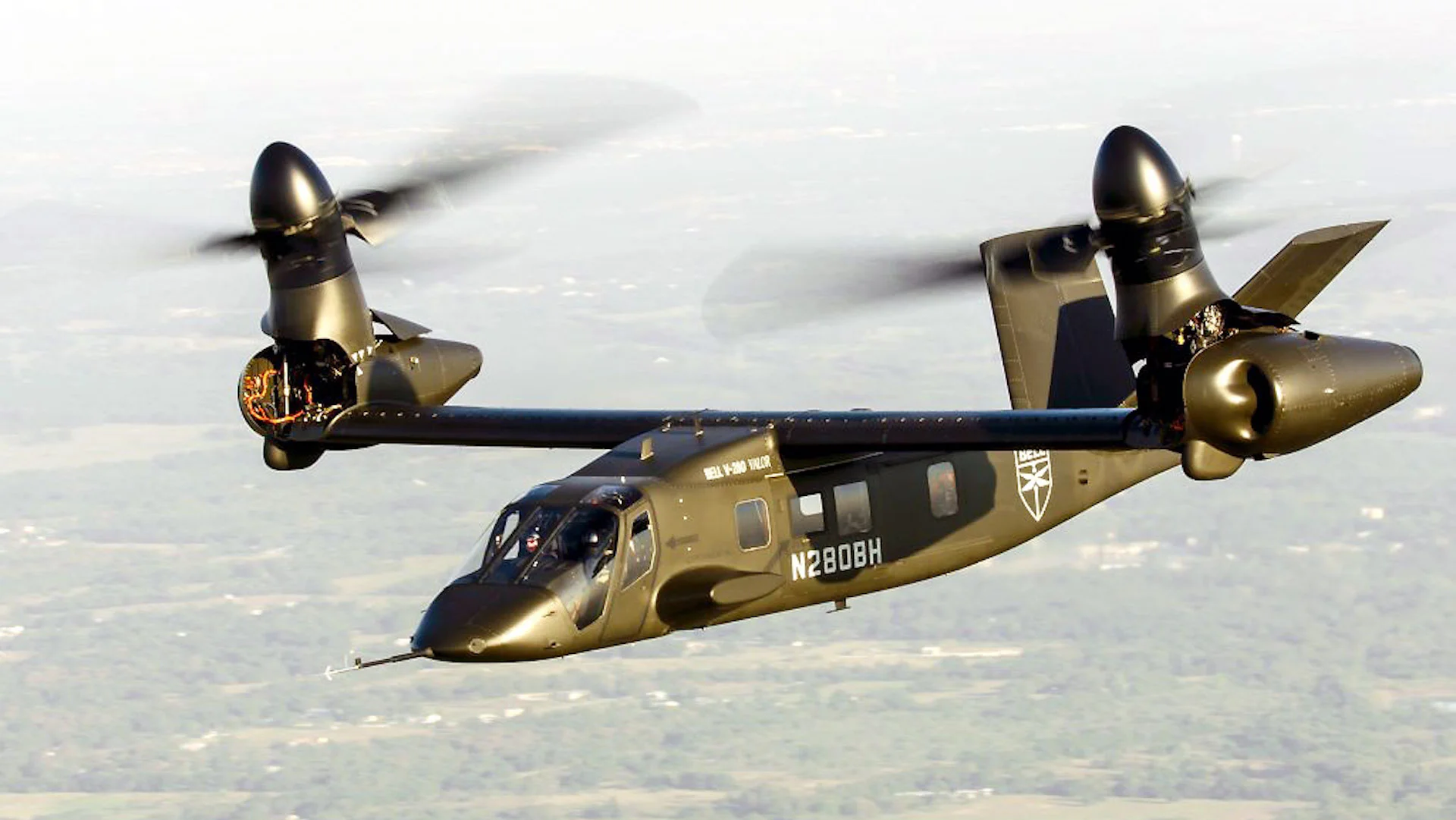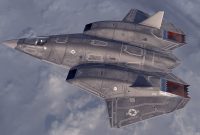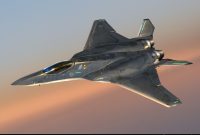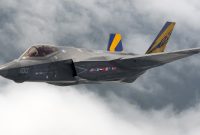In the world of aviation, the next-generation tiltrotor aircraft is on the horizon, representing a leap forward in aerial technology and capabilities. With the potential to revolutionize both military and civilian aviation, these advanced aircraft offer a unique combination of vertical takeoff and landing (VTOL) capabilities and high-speed forward flight. In this article, we explore the development, features, and potential applications of these cutting-edge tiltrotor aircraft.
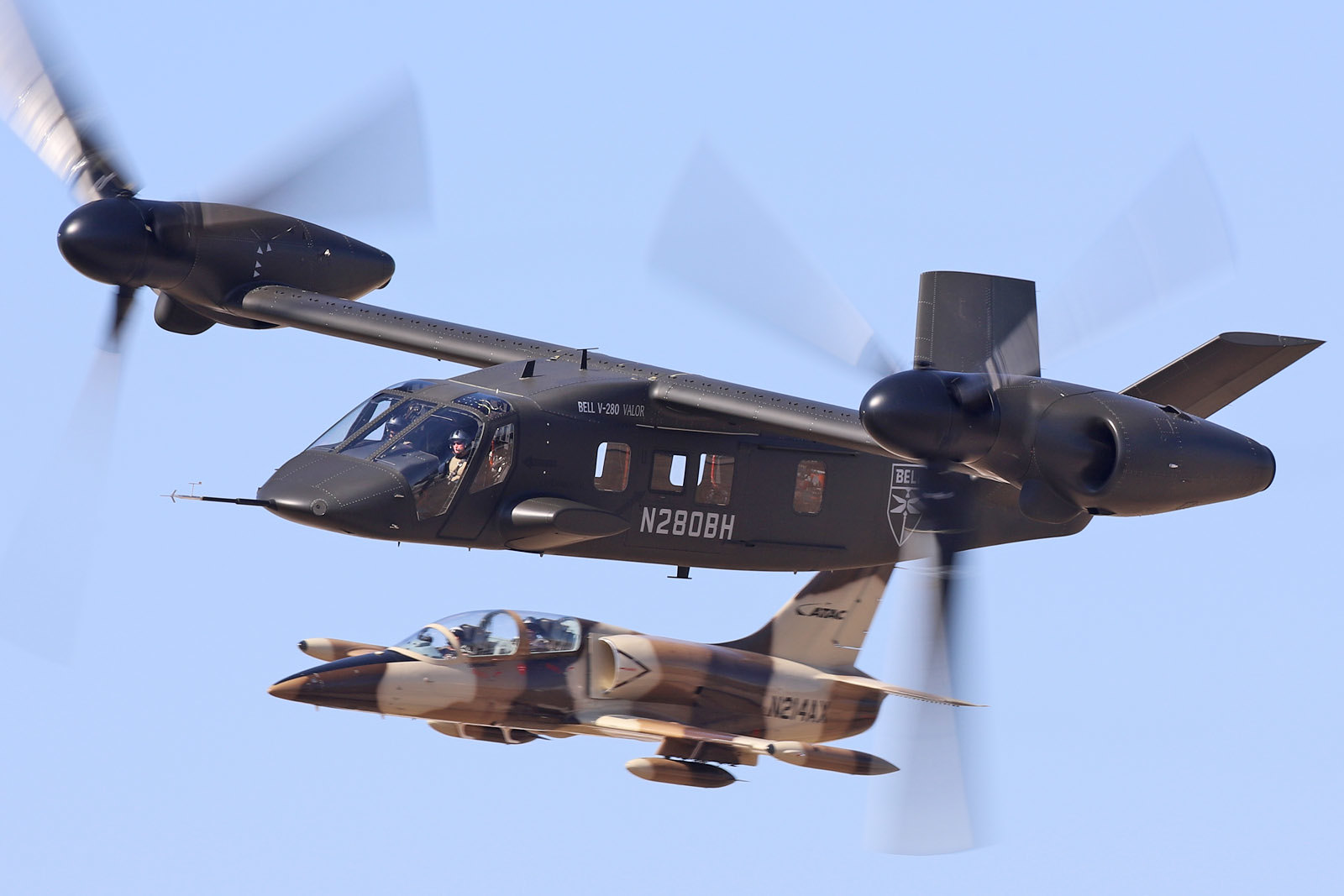
The Evolution of Tiltrotor Technology
Tiltrotor technology represents a significant advancement in aviation, combining the best features of helicopters and fixed-wing aircraft. It allows aircraft to take off and land vertically like helicopters while achieving high-speed, efficient forward flight similar to traditional airplanes. This innovation has the potential to transform various sectors, including military, civilian, and search and rescue operations.
The Pioneering V-22 Osprey
The development of tiltrotor aircraft took a significant step forward with the introduction of the Bell Boeing V-22 Osprey. The V-22 Osprey, which first flew in 1989, has served as a pioneering platform for tiltrotor technology. It’s utilized by the U.S. military, combining the versatility of a helicopter with the speed and range of a fixed-wing aircraft. This successful aircraft has laid the foundation for the next generation of tiltrotor aircraft.
The Advantages of Tiltrotor Aircraft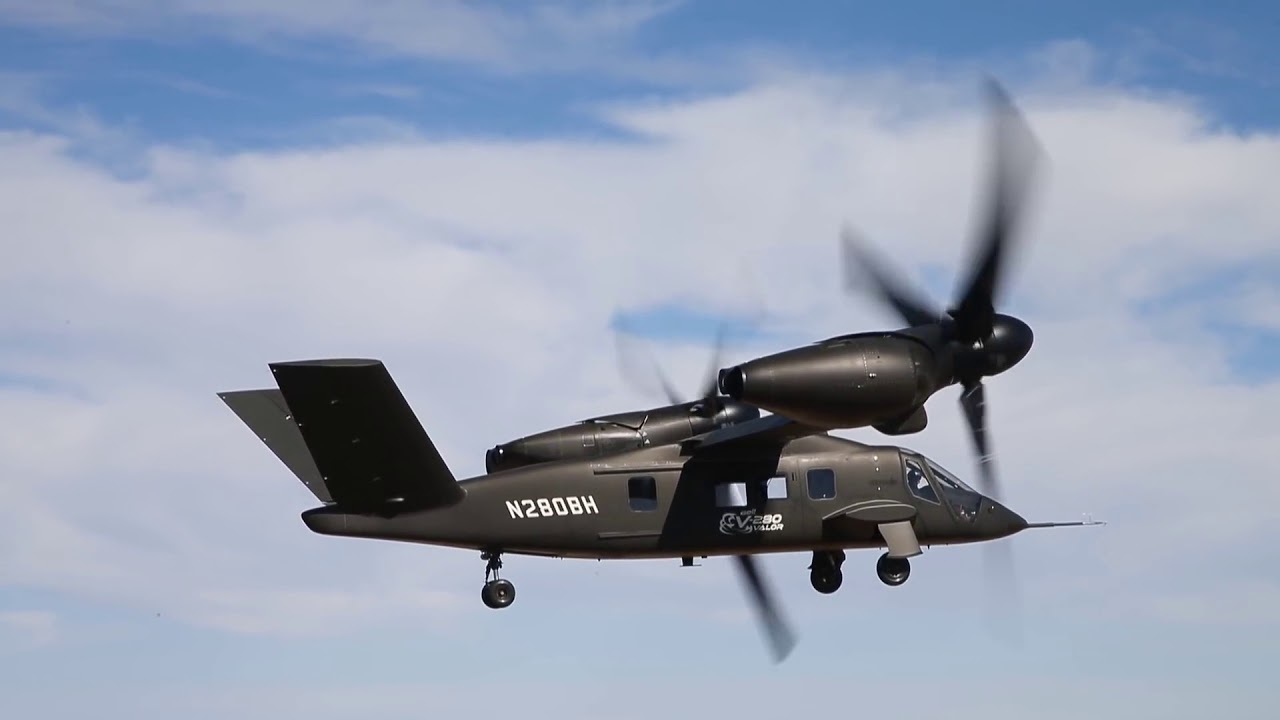
Tiltrotor aircraft offer several advantages over traditional aircraft:
-
Versatility: Tiltrotor aircraft can hover, take off vertically, and land in tight spaces, making them ideal for various missions, including troop transport, cargo delivery, and search and rescue.
-
Speed and Range: Tiltrotors can achieve faster speeds and cover greater distances than helicopters, making them suitable for long-range operations.
-
Adaptability: They can switch between helicopter mode for vertical operations and airplane mode for high-speed, efficient forward flight, providing operational flexibility.
-
Reduced Infrastructure: Tiltrotor aircraft can operate from a wider range of sites, reducing the need for extensive runways and infrastructure.
Next-Generation Tiltrotor Aircraft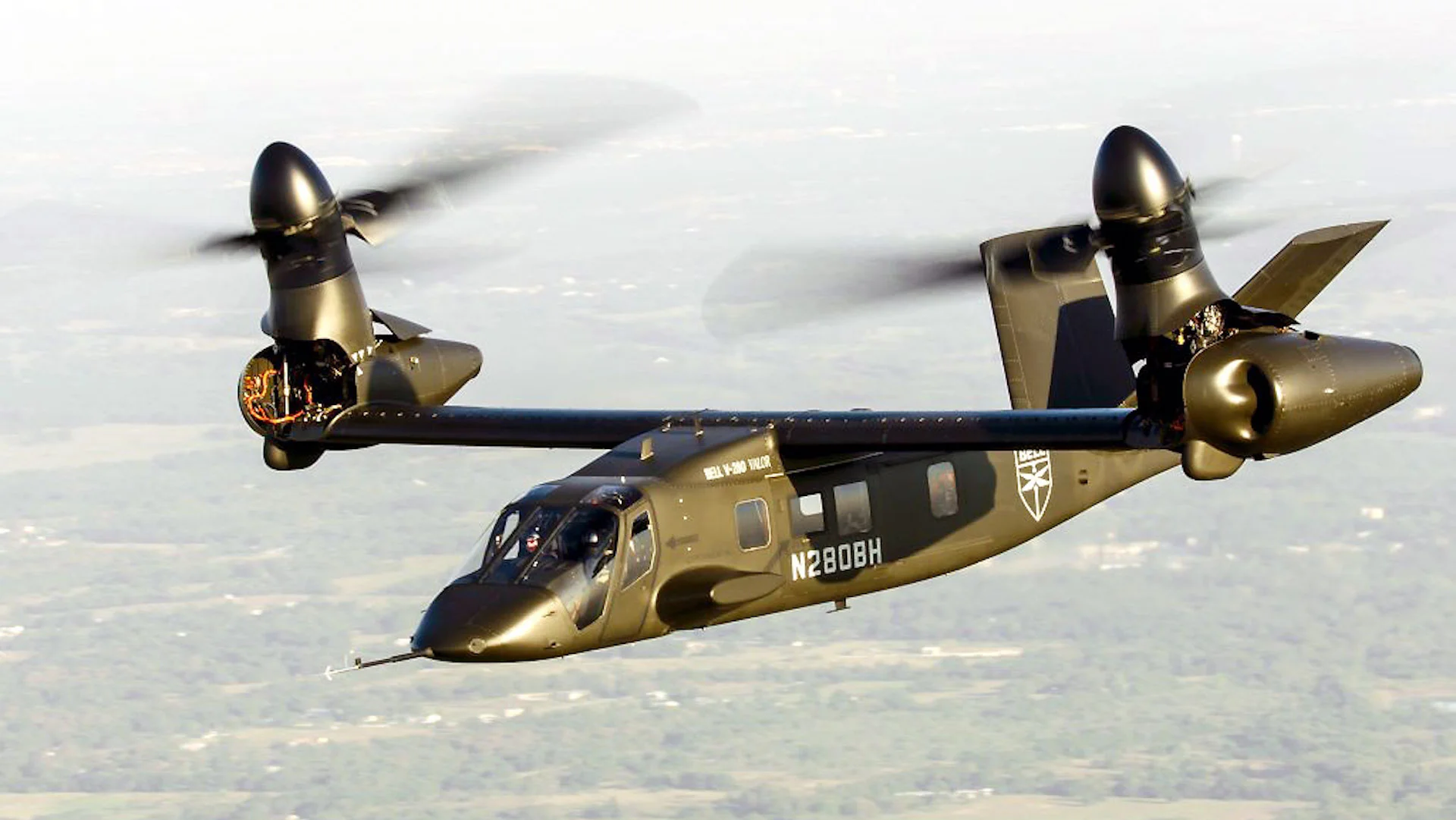
The next generation of tiltrotor aircraft is poised to build upon the success of the V-22 Osprey and further expand the applications of this technology. These advanced aircraft are being designed with cutting-edge features and capabilities, including:
-
Improved Speed and Range: Next-generation tiltrotors are expected to offer even greater speed and range, allowing for extended missions and faster response times.
-
Enhanced Efficiency: Advanced materials and propulsion systems are being incorporated to improve efficiency and reduce fuel consumption.
-
State-of-the-Art Avionics: Next-gen tiltrotors will feature advanced avionics and communication systems, enhancing situational awareness and connectivity.
-
Military Applications: These aircraft are anticipated to have a significant impact on military operations, with roles ranging from troop transport to intelligence, surveillance, and reconnaissance (ISR) missions.
-
Civilian and Commercial Use: Tiltrotor technology can also benefit civilian applications, such as emergency medical services, disaster relief, and offshore transport to remote locations.
Challenges and Future Prospects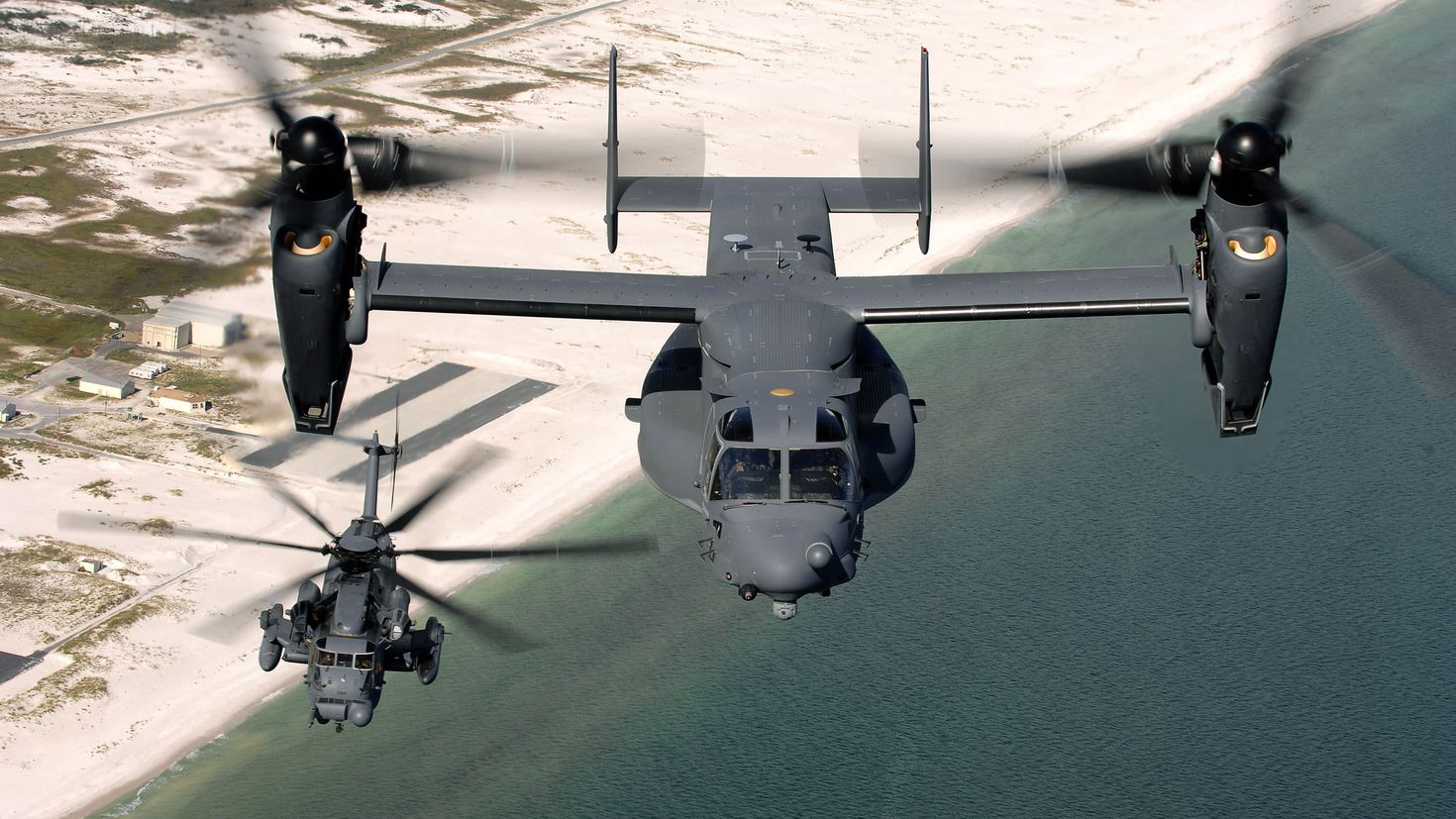
Despite their promise, next-generation tiltrotor aircraft face challenges in terms of cost, maintenance, and public acceptance. Addressing these challenges will be crucial to realizing the full potential of tiltrotor technology. Nevertheless, the future prospects for these aircraft are bright, with ongoing research and development efforts driving innovation in this field.
Conclusion: The Future of Vertical Flight
The next-generation tiltrotor aircraft represents a significant step forward in the world of aviation. With their unique combination of vertical takeoff and landing and high-speed forward flight, these aircraft are set to revolutionize military and civilian operations. Whether it’s transporting troops, delivering aid to disaster-stricken areas, or conducting surveillance missions, tiltrotor technology is on the horizon, offering the promise of enhanced capabilities and expanded possibilities in vertical flight.

